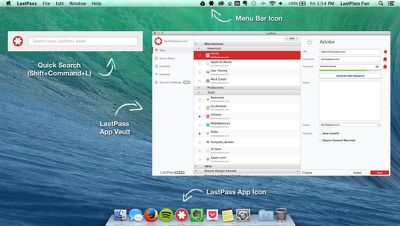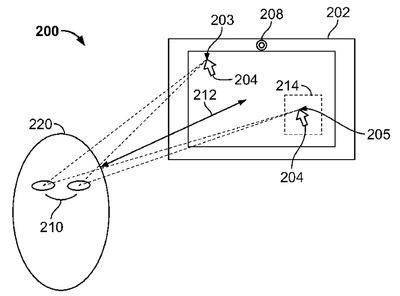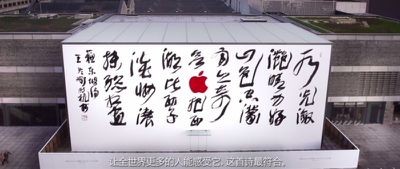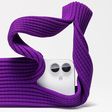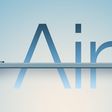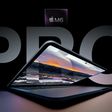In the fall of 2014, Microsoft announced its newest operating system, Windows 10, and gave a brief preview of the upcoming software, which is designed to incorporate elements of both Windows 8 and Windows 7, in an attempt to make it more appealing to users who have thus far not upgraded to Windows 8.
Today, Microsoft is holding an official unveiling of Windows 10, sharing new details on the OS and demonstrating how it works across a range of devices. With Windows 10, Microsoft is hoping to cut down on operating system fragmentation with one unified platform thats designed to run on PCs, tablets, phones, and more.
Microsoft's tagline for Windows 10 is "More personal computing," a philosophy that's evidenced in its three design guidelines that it used when developing the software: mobility of experience, trust, and natural interaction, through a range of different input options from mice and keyboards to pens and simple touch.
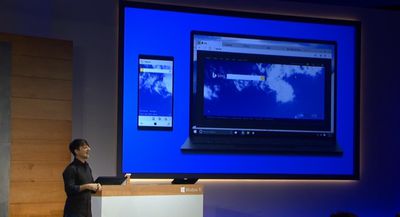
Windows 10 somewhat mirrors Apple's efforts to unify iOS 8 and OS X Yosemite by creating a deep level of integration with features like Continuity, because Microsoft promises a unified experience and platform integration that will make it easy to put one device down and continue where you left off on another device.
In an effort to get its users to adopt Windows 10, Microsoft is planning to distribute Windows 10 to Windows 8.1 and Windows 7 users at no cost for the first year, which is an unprecedented move for the Washington-based company. Unlike Apple, Microsoft has never offered Windows for free, but Apple's success getting the majority of its users on the same operating system has likely inspired Microsoft to make the same effort.
Once a device is upgraded to Windows 10, Microsoft plans to keep the operating system current for the lifetime of the device. With a unified operating system, developers can target every single Windows device, and Microsoft is planning for long term support.
"Windows 10 is so much more than the latest version of Windows," said Microsoft VP of Operating Systems Terry Myerson. "Windows is turning into a service that will run across every device."



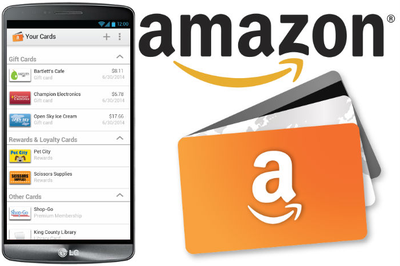
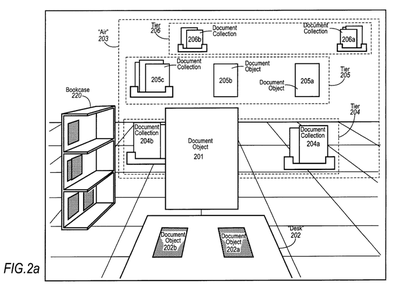

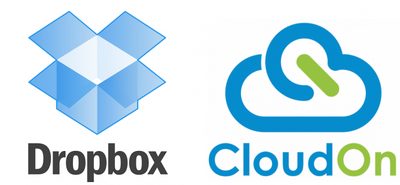
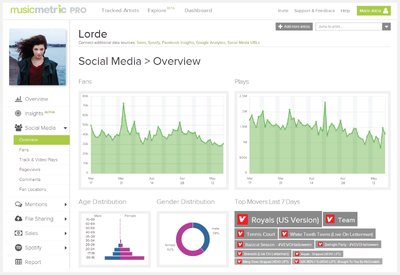
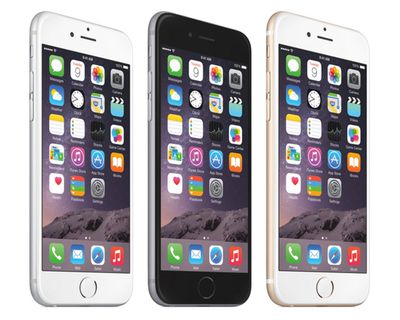
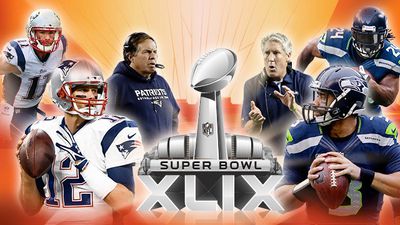

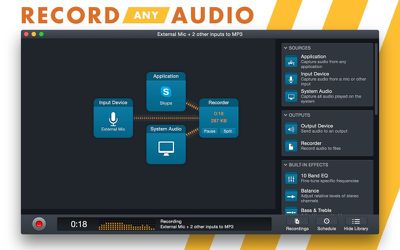

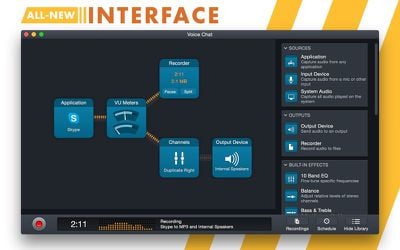
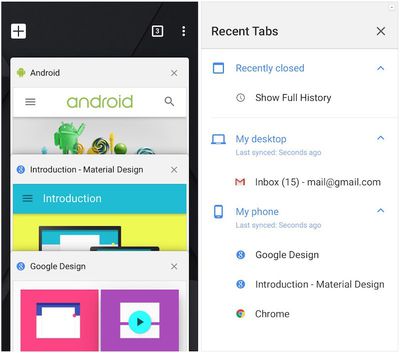
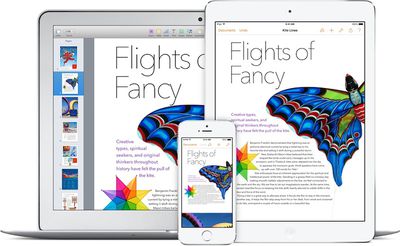
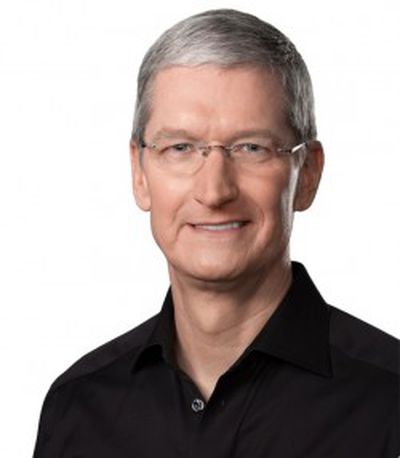 On a
On a 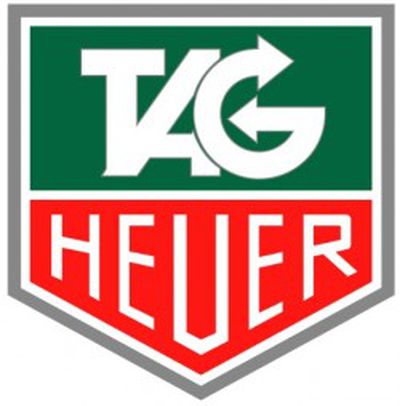 LVMH luxury watch chief and TAG Heuer interim head Jean-Claude Biver spoke recently with
LVMH luxury watch chief and TAG Heuer interim head Jean-Claude Biver spoke recently with 